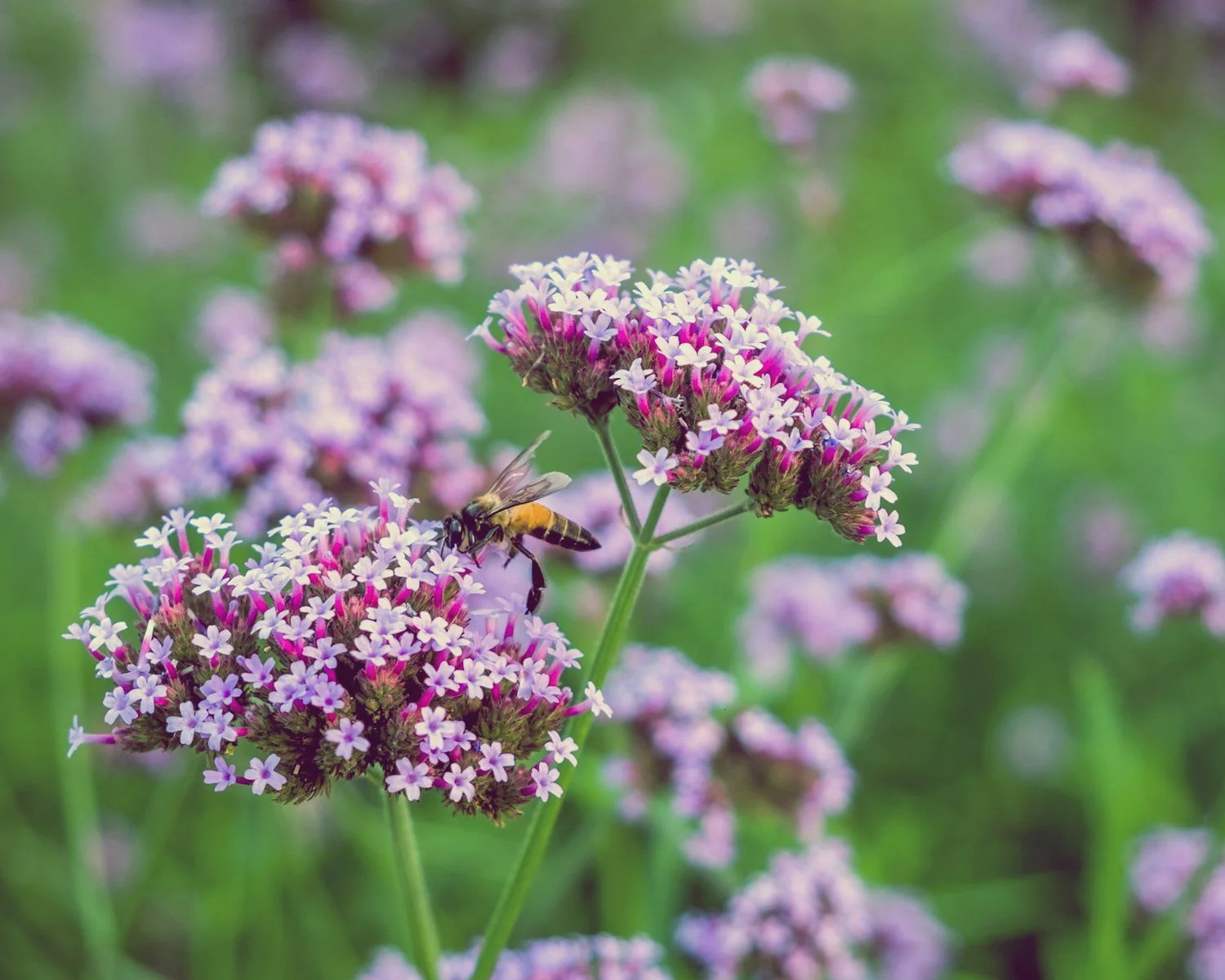In order to attract hummingbirds, it is crucial to find flowers that can thrive and flourish in your specific weather conditions. There is an abundance of flowers that entice hummingbirds, but it’s essential to consider their ability to survive and grow in your climate. Extreme temperatures, whether excessively hot or bitterly cold, can result in the demise of these plants or hinder their growth, leading to inadequate flower production, which is crucial for hummingbirds to gather nectar from.
The United States Department of Agriculture (USDA) has created a plant hardiness zone map that divides the country into 13 zones based on the average minimum temperature. Each state may have different zones within its borders. Plants flourish in specific zones and can endure minimal temperatures, but they cannot survive in regions where it becomes excessively cold.
Oregon experiences wetter and cooler summers along its coast, while the eastern part of the state is drier and warmer. However, it is in the east where the lowest temperatures are recorded, with a range of 4 to 9 on the plant hardiness zones.
It’s worth noting that plants can also suffer from excessive heat. To address this, the American Horticultural Society has created a plant heat-zone map, which indicates the average number of days an area experiences temperatures over 86 degrees Fahrenheit. In Oregon, the number of hot days is relatively low, and it falls within zones 2 to 7 on the plant heat zone map. Therefore, it is the cold winters that pose a greater threat to hummingbird plants in Oregon rather than excessive heat.
To ensure that the selected plants not only boast beautiful nectar-rich flowers that hummingbirds adore but also thrive in Oregon’s weather conditions, careful consideration has been given to their compatibility with both cold and heat zones in the state.
It is important to note that plants listed for higher-numbered hardiness zones may not survive the colder winters in lower-numbered zones in Oregon unless proper protection measures are taken.
To attract hummingbirds in Oregon, it is recommended to plant as many of these flowers as possible.
Here are some options for hummingbird plants suitable for Oregon’s hardiness zone 4:
1. Tulip Tree

The Tulip tree (Liriodendron tulipifera) is a towering hardwood tree native to North America. Its tall stature, reaching up to 90 feet, is complemented by its bright yellow, nectar-rich flowers. These tulip-shaped flowers, adorned with greenish-yellow petals and an orange band near the bottom, are particularly attractive to hummingbirds and other pollinators. The Tulip tree’s star-shaped leaves, which turn golden or vibrant yellow in the fall, add to its visual appeal. This tree thrives in moist, well-drained soil and requires at least six hours of sunlight for optimal growth.
2. Rhododendron

Rhododendrons, belonging to the heather family, Ericaceae, are a diverse group of woody plants. With approximately 1,000 species, they range from shrubs to large trees. These evergreen shrubs are favored in ornamental landscaping due to their vibrant and colorful flowers. Rhododendrons can be distinguished from their similar species, azaleas, by their bell-shaped flowers with multiple stamens per stem. These flowers come in various colors, including pink, purple, red, white, and yellow. Rhododendrons prefer well-drained, acidic soil and thrive in partial shade or full sun, depending on the climate zone.
3. Salvia
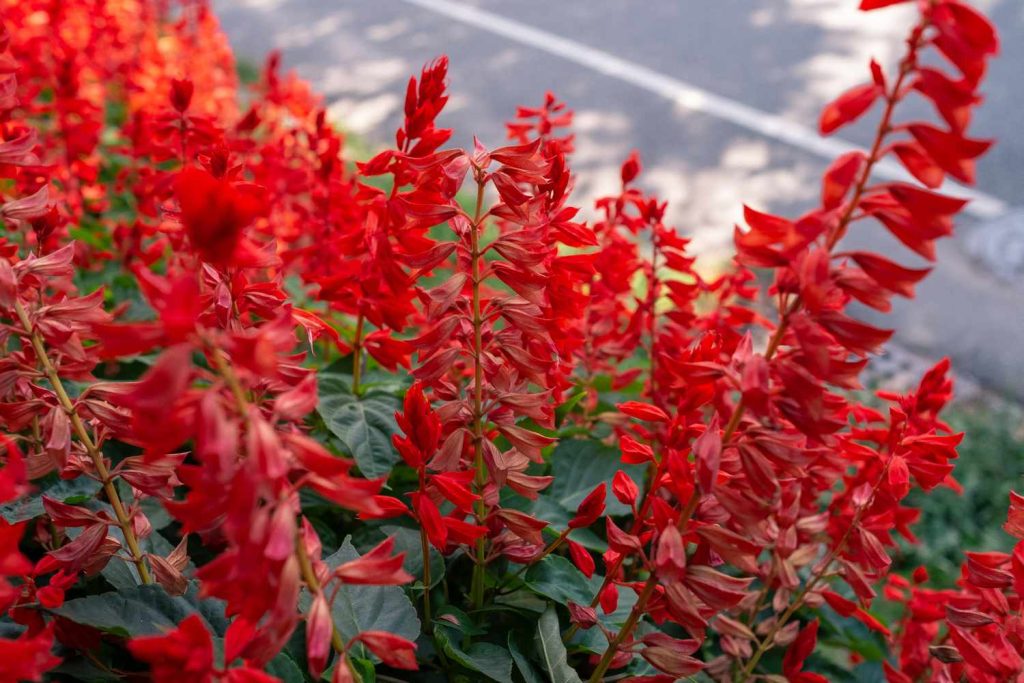
Salvias, which belong to the mint family, are a diverse group of perennials with over 1,000 species. They are known for their drought resistance and ease of care. Salvias have evolved alongside hummingbirds, utilizing their long bills to access the flower’s nectar and depositing pollen on their heads. These plants display an array of tubular blossoms throughout the summer, attracting hummingbirds with their rich nectar. Many native species of salvias are drought tolerant and grow well in hot climates. Regular watering is necessary during dry periods. Opt for salvias with red, pink, and orange-colored flowers to attract hummingbirds.
4. Daylily
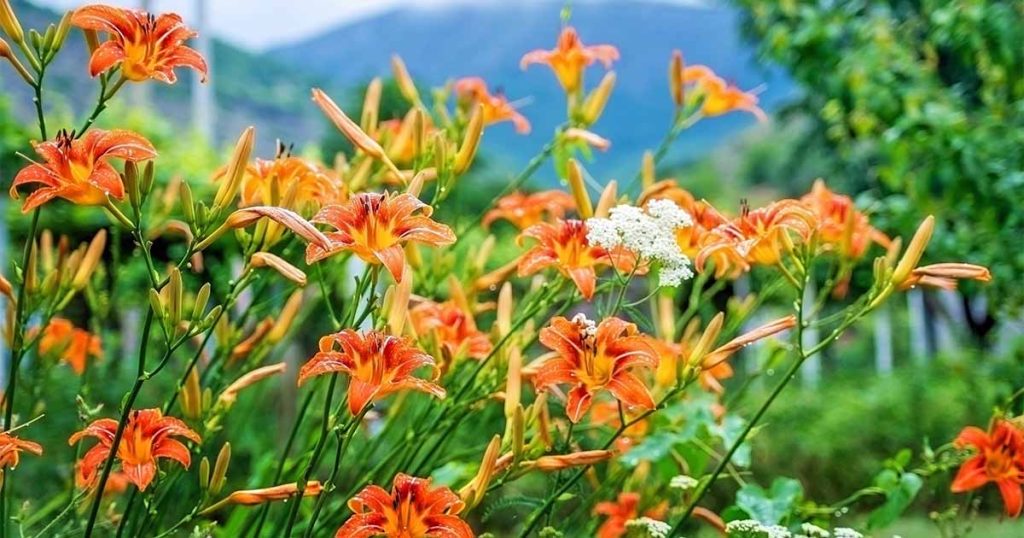
Daylilies, belonging to the Hemerocallis genus, are perennial plants cherished for their attractive flowers. While each flower only lasts a day, daylilies continuously produce new blooms, ensuring a prolonged display of vibrant colors. These plants feature star-shaped leaves that turn gold or vibrant yellow in the fall. Daylilies are known for their bright, tubular flowers, which are particularly attractive to hummingbirds. They come in various colors, including white, yellow, orange, pink, red, and purple. Daylilies prefer slightly acidic to neutral, well-drained soil and require full sun to thrive.
5. Bee Balm
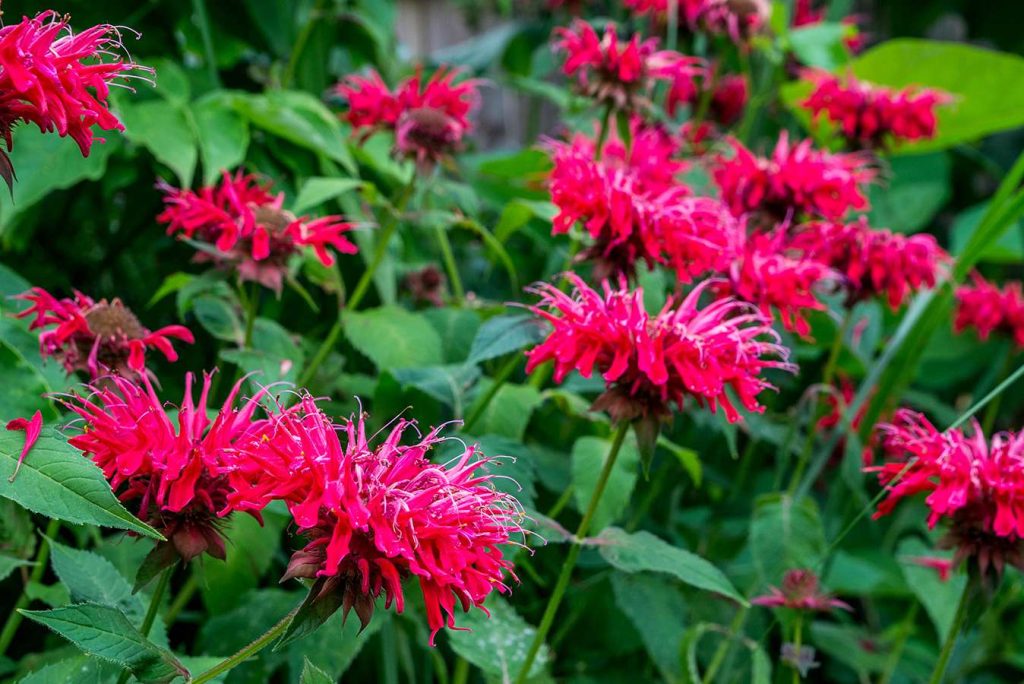
Bee Balm, also known as bergamot or horsemint, belongs to the Monarda genus within the mint family, Lamiaceae. Native Americans utilized Bee Balm as an antiseptic salve for bee stings, hence its name. This aromatic plant produces vibrant, exotic-looking flowers that are highly appealing to hummingbirds. Bee Balm flowers come in shades of white, pink, red, and purple. They thrive in full sun or partial shade and require rich, moist, and well-drained soil. Apart from attracting hummingbirds, Bee Balm offers fragrant leaves that can be used in teas, salads, and even for creating essential oils.
6. Trumpet Honeysuckle
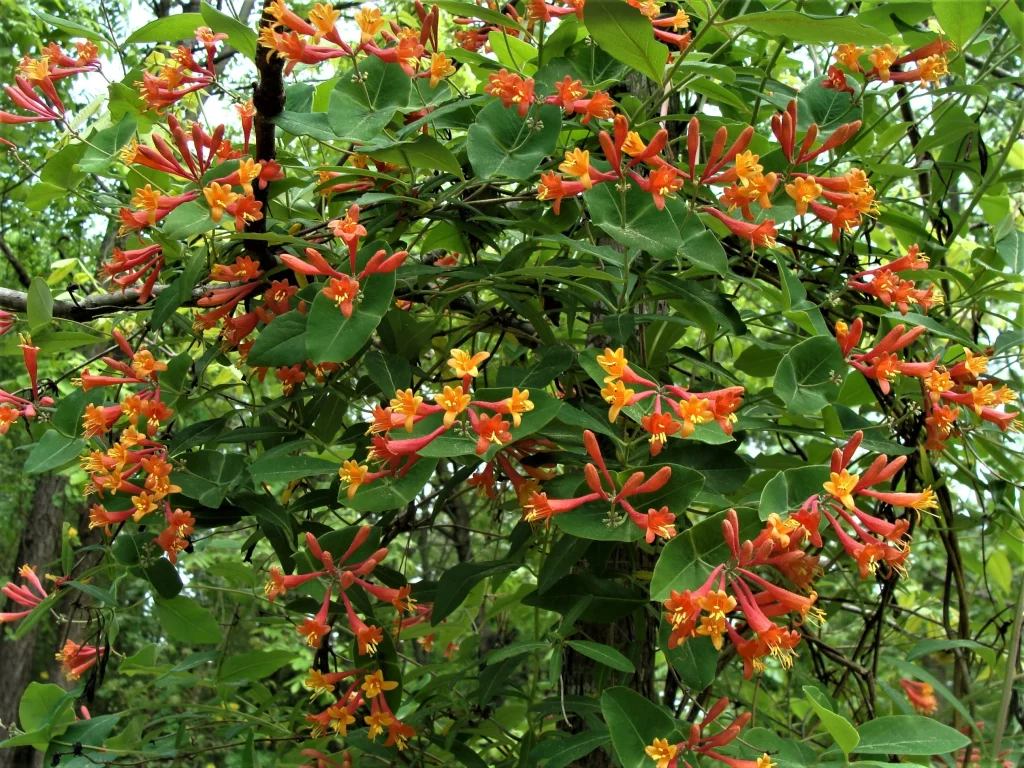
Trumpet Honeysuckle, scientifically known as Lonicera sempervirens, is a fast-growing vine from the Caprifoliaceae family. It can be trained to climb fences, arbors, or trellises, or allowed to crawl along the ground. Unlike invasive honeysuckle species, Trumpet Honeysuckle is a safe choice for attracting hummingbirds. Its bright orange-red flowers, which reveal yellow stamens upon opening, are irresistible to hummingbirds. These tubular flowers bloom in clusters at the end of the stems and add a stunning contrast against the vine’s dark green leaves. Trumpet Honeysuckle thrives in full sun or partial shade and requires medium moisture and well-drained soil.
7. Eastern Redbud
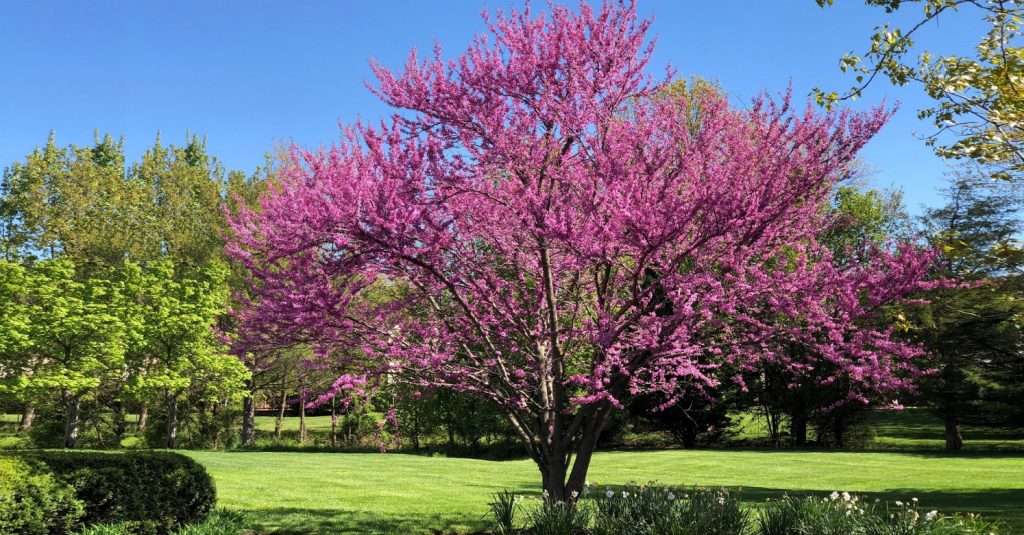
Eastern Redbud, scientifically known as Cercis Canadensis, is a versatile deciduous shrub or small tree native to eastern North America. Its twisted trunk, zigzag branches, beautiful flowers, and large heart-shaped leaves make it an appealing ornamental specimen. The Redbud’s flowers, which appear before the leaves in early spring, are the tree’s focal point. These half-inch-wide flowers bloom in clusters and range in color from light pink to deep magenta. Their vibrant colors, along with the tree’s unique structure, attract hummingbirds. After flowering, Redbuds produce fruit in the form of bean pods, and their leaves turn bright green in summer before changing to gold, red, orange, or bronze in the fall. Redbuds thrive in full sun or partial shade and prefer moist, well-drained soil.
8. Hyacinth Bean

Hyacinth Bean, scientifically known as Lablab Purpureus, is a bean vine belonging to the Fabaceae family. It is cultivated for its pinkish-lavender blossoms and purple seed pods. The flowers of the Hyacinth Bean are highly attractive to hummingbirds and can be easily grown from seeds. This vine requires full sunlight and well-drained soil to thrive. Hyacinth Bean vines can reach heights of up to 25 feet with proper support. Flowering occurs from summer to fall, displaying clusters of white, pink, lavender, or purple blossoms. However, caution should be exercised as the seeds of the Hyacinth Bean are poisonous and should not be ingested.
9. Trumpet Vine
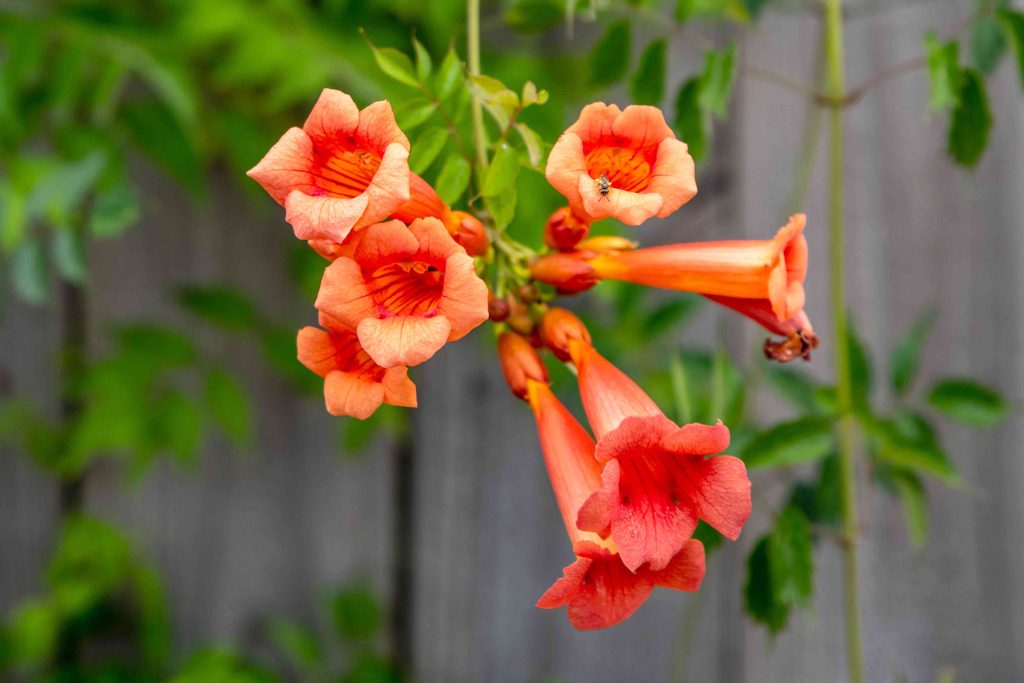
Trumpet Vine, scientifically known as Campsis radicans, is a fast-growing and flowering vine from the Bignoniaceae family. It is native to the eastern United States and is characterized by its trumpet-shaped flowers that attract hummingbirds and bees. Trumpet Vines can become invasive if not pruned properly, but when maintained, they provide an enchanting display. These vines require full sun or partial shade and well-drained soil. Regular pruning is essential to control their growth and prevent them from damaging structures. Trumpet Vines produce vibrant orange, red, and yellow flowers and can reach lengths of 25 to 40 feet.
10. Catmint
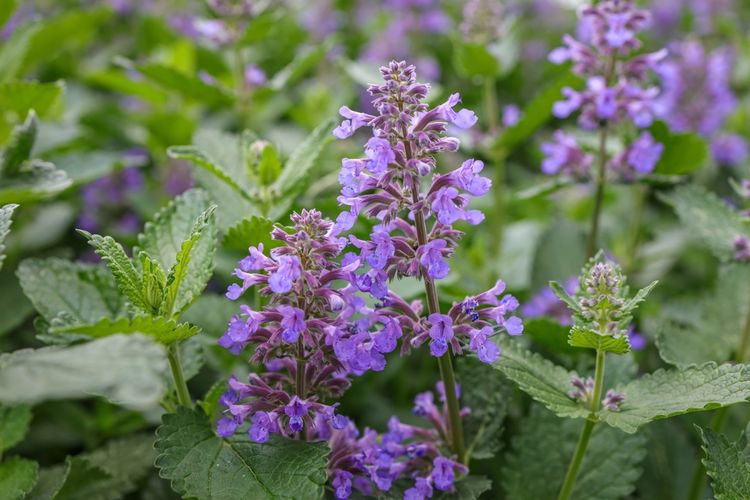
Catmint, scientifically known as Nepeta mussinii, is an aromatic herbaceous perennial plant. It is often mistaken for Catnip (Nepeta Cataria) but is more ornamental and lacks the euphoric effect on cats. Catmint features long-lasting flowers, is drought-tolerant, and easily cared for. It is an ideal choice for attracting hummingbirds. This plant grows well as ground cover or as an edging plant. Catmint produces lavender-blue flowers that rise from its stalks, attracting both hummingbirds and other pollinators. It thrives in full sun or partial shade and prefers dry, well-drained soil.
11. Clematis
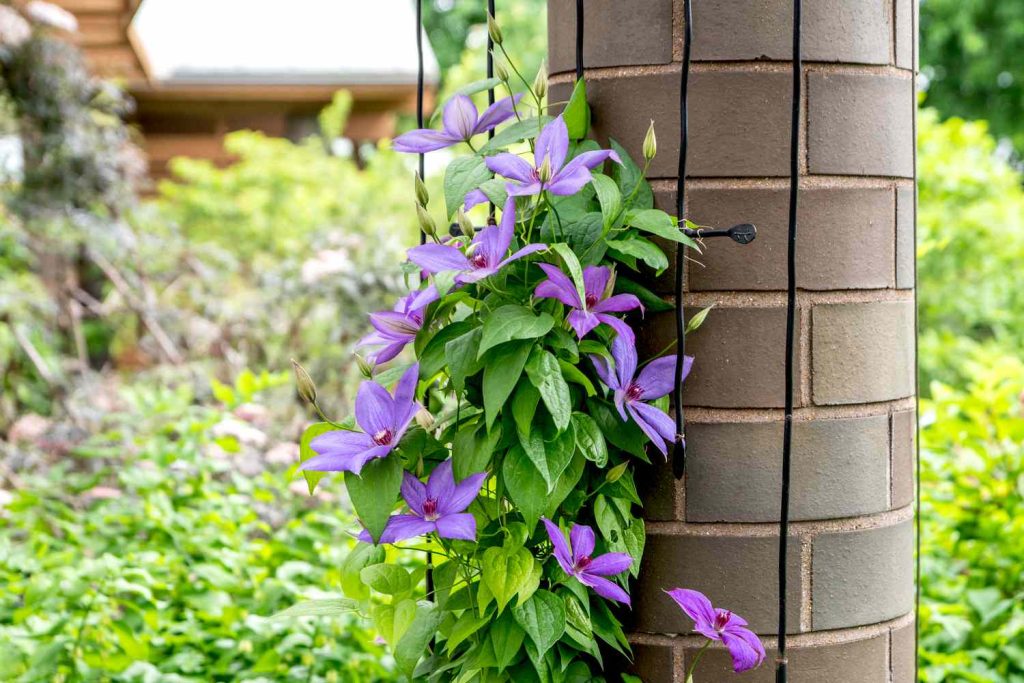
Clematis is a diverse genus comprising around 300 species of flowering vines from the buttercup family, Ranunculaceae. These vines are renowned for their colorful blossoms and are popular choices for trellises, arbors, and fences. Clematis flowers come in various forms, such as star-shaped, single, semi-double, and double, offering a wide range of colors. Hummingbirds are drawn to the large, vibrant flowers produced by clematis plants. These vines require full sun, well-drained soil, and ample space for their growth. By incorporating clematis in your garden, you’ll enjoy not only their beautiful flowers but also the delightful visits from hummingbirds.
12. Foxglove
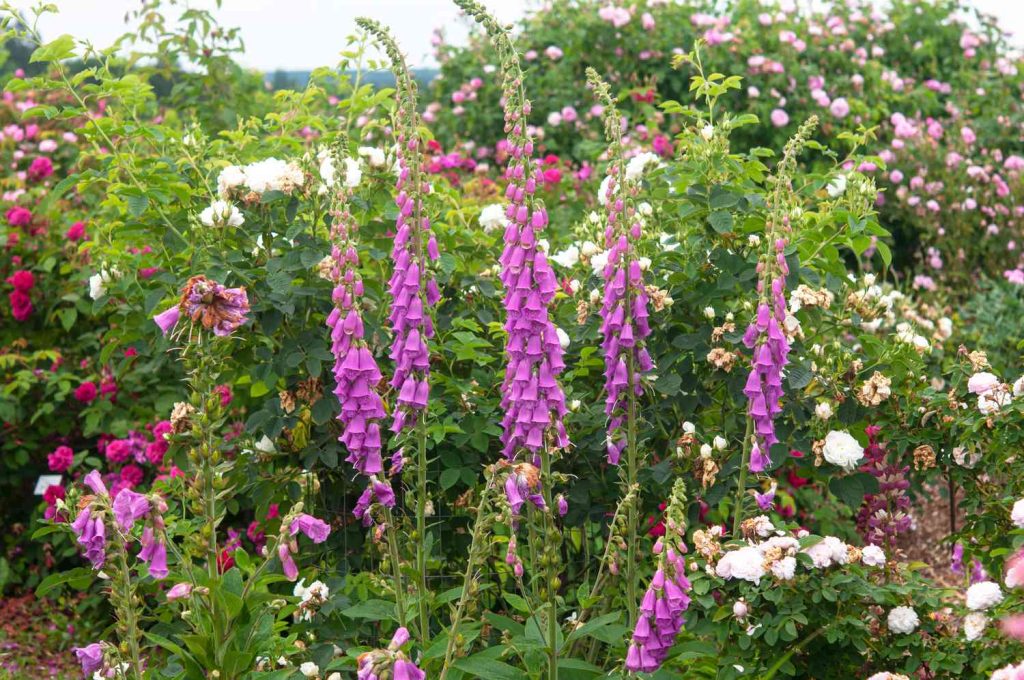
Foxglove, scientifically known as Digitalis, is a captivating woodland flower that grows tall stems adorned with bell-shaped blossoms. These shade-tolerant biennial plants are highly attractive to hummingbirds due to the accessibility of their nectar-rich flowers. While they do not flower in their first year, they readily self-seed, ensuring a continuous display for years to come. Foxgloves are easily grown from seeds and thrive in slightly acidic, well-drained, and moist soil.
13. Lupine
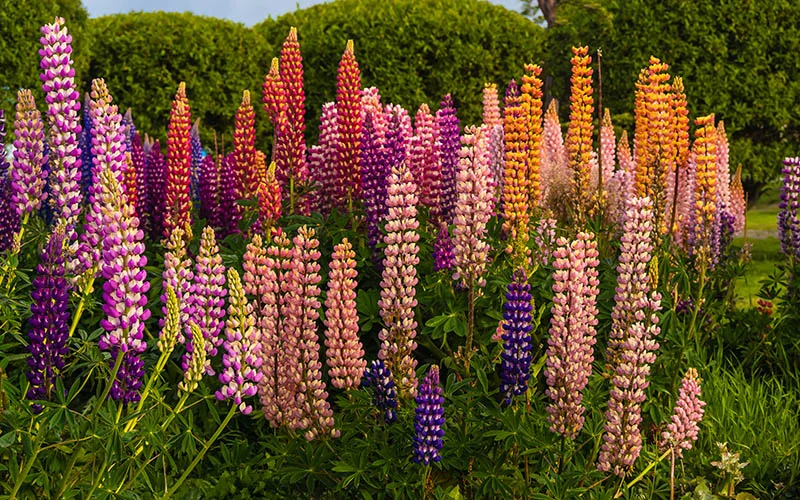
Lupine, scientifically known as Lupinus, is a flowering plant from the Fabaceae family. These plants are cultivated for their ornamental value and their ability to fix nitrogen in the soil. Lupines produce an array of colorful flowers that attract hummingbirds. They bloom in early spring, providing a vital food source when other flowers are still emerging. Lupines come in various colors, including blue, yellow, pink, red, and purple. They thrive in full sun, rich and well-drained soil, and offer a stunning addition to any garden.
14. Red Buckeye
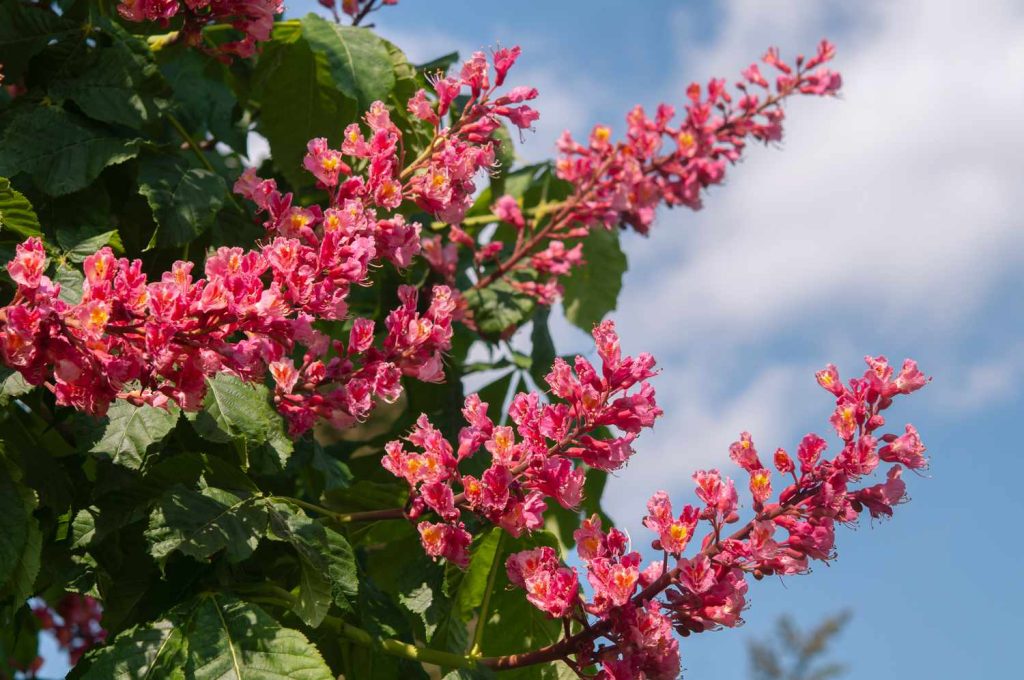
Red Buckeye, also known as Aesculus pavia, is a deciduous shrub or small tree native to the Southeastern United States. This tree features vibrant red, tubular flowers that bloom in the spring, attracting hummingbirds and bees. The leaves of the
Red Buckeye are palmate, and the plant produces brown capsules that contain shiny, dark brown seeds. It prefers moist, well-drained soil and can tolerate partial shade.
15. Crab Apple
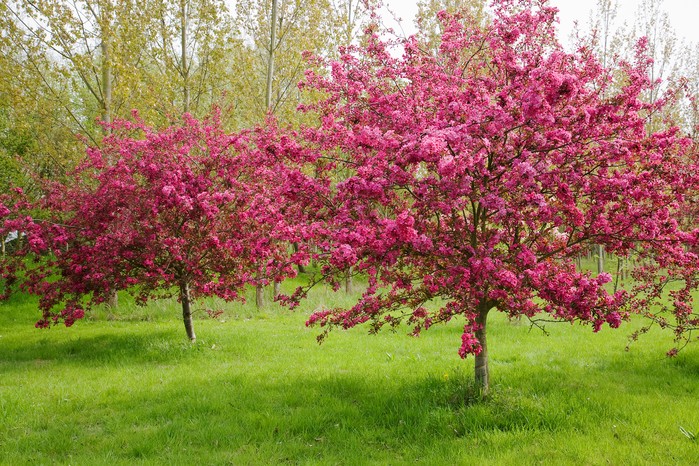
Crab Apple trees, scientifically known as Malus, are small deciduous trees that produce colorful blossoms and fruit. These trees come in a variety of species and cultivars, offering white, pink, magenta, or red flowers. The abundant flowers serve as a magnet for hummingbirds and other pollinators. In addition to their attractive blooms, Crab Apple trees provide great leafy foliage and can add beauty to any landscape. They prefer full sun and well-drained soil.
16. Fireweed
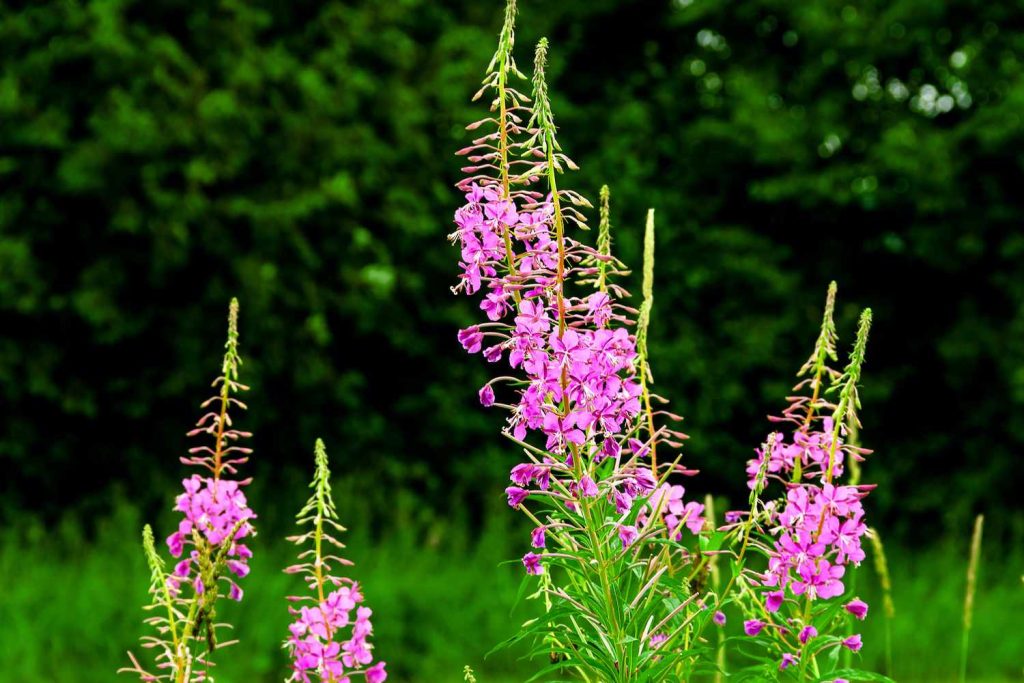
Fireweed, scientifically known as Epilobium angustifolium, is a wildflower that thrives in various habitats, including open areas and disturbed sites. It features tall spikes of pink or purple flowers that hummingbirds find irresistible. Fireweed blooms from late spring to early fall, providing a reliable nectar source for hummingbirds. It prefers full sun and moist, well-drained soil.
17. Cardinal Flower

Cardinal Flower, or Lobelia cardinalis, is a native perennial plant known for its stunning red flowers that resemble the color of a cardinal bird. Hummingbirds are highly attracted to these vibrant blooms. Cardinal Flower prefers moist to wet soil conditions and partial shade. It is an excellent choice for gardens with damp areas or near water features.
18. Agastache
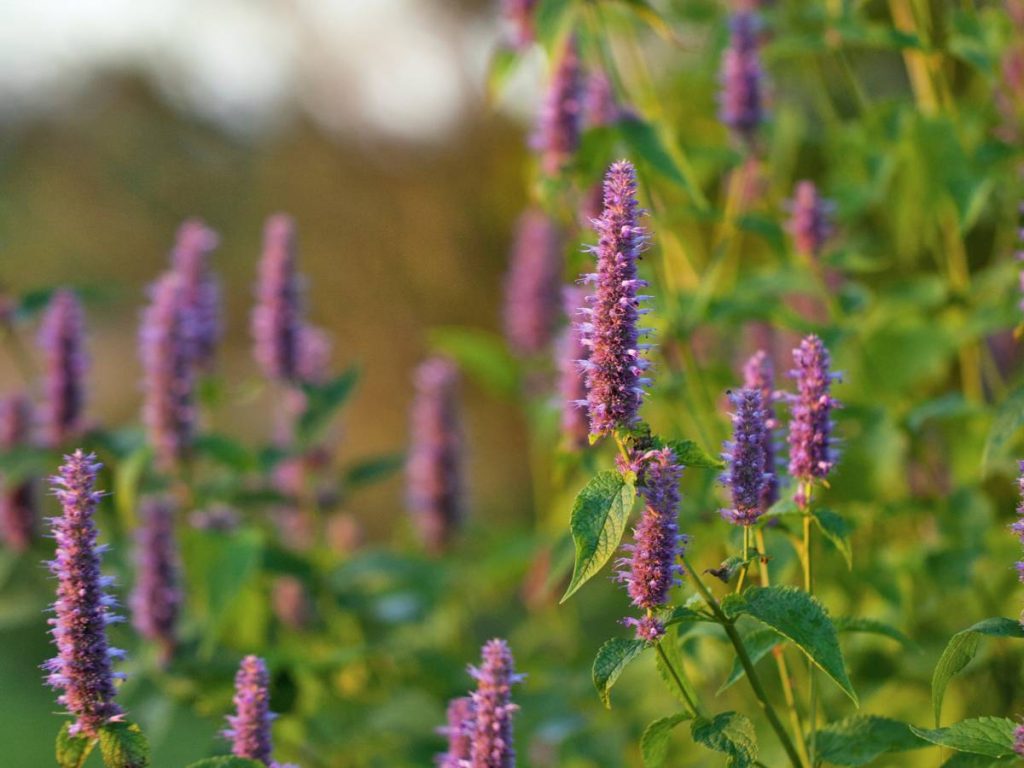
Agastache, also known as Hummingbird Mint or Hyssop, is a genus of flowering plants that are a favorite among hummingbirds. These plants produce spikes of tubular flowers in various colors, including shades of pink, purple, orange, and red. Agastache species are drought-tolerant and prefer well-drained soil. They thrive in full sun and attract hummingbirds with their long-lasting blooms and aromatic foliage.
19. Lantana
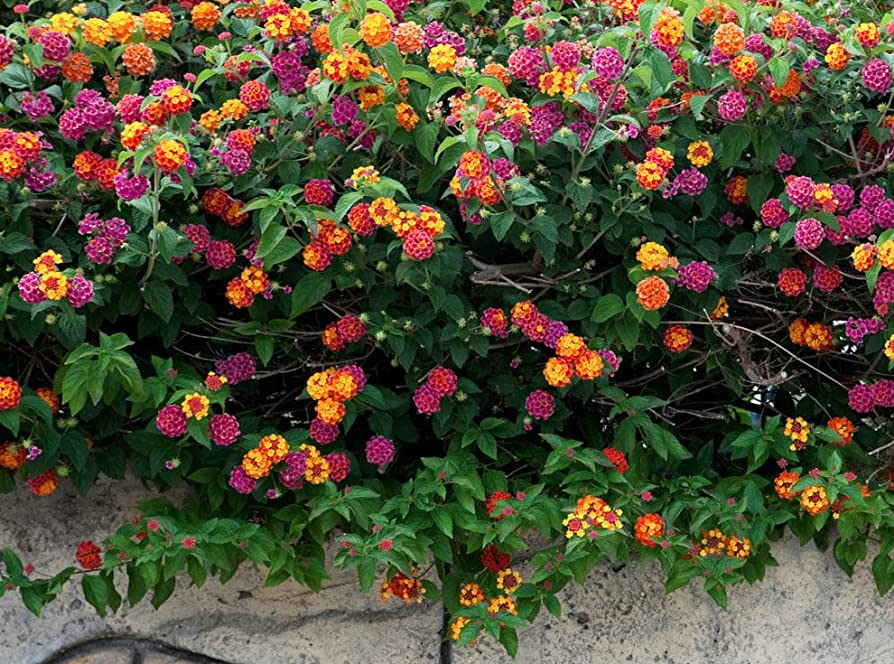
Lantana is a genus of flowering plants with clusters of small, brightly colored flowers that form dense clusters. They are highly attractive to hummingbirds and butterflies. Lantana varieties come in a wide range of colors, including red, orange, yellow, pink, and purple. These plants are heat-tolerant, drought-resistant, and thrive in full sun. They prefer well-drained soil and are a popular choice for gardens and containers.
20. Bleeding Heart
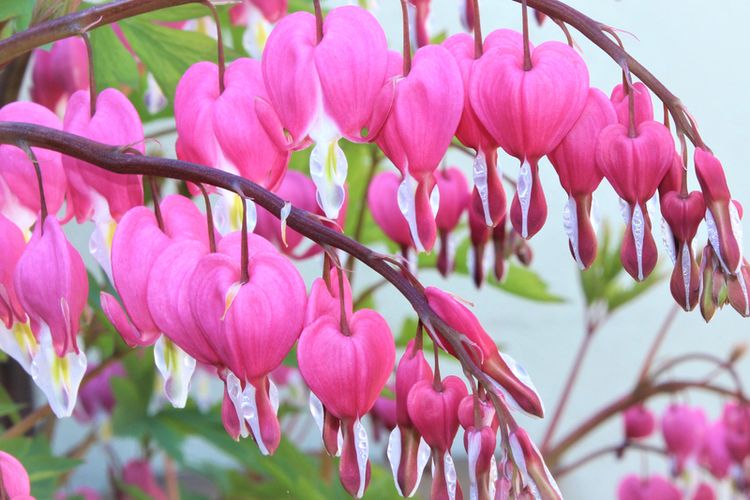
Bleeding Heart, or Dicentra, is a perennial plant known for its unique heart-shaped flowers. The flowers hang from arching stems and come in shades of pink, red, or white. Hummingbirds are often seen visiting these intriguing blossoms. Bleeding Heart prefers partial shade and moist, well-drained soil. It adds a touch of elegance and charm to shaded areas of the garden.
21. Salvia greggii
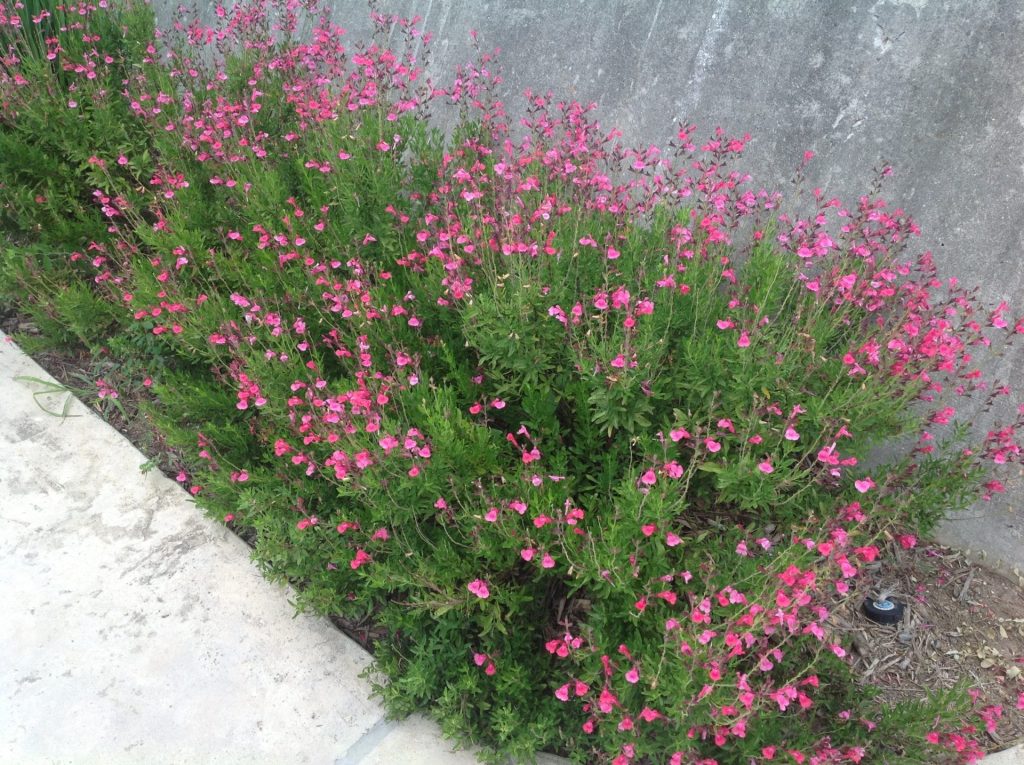
Salvia greggii, commonly known as Autumn Sage, is a perennial shrub native to Texas and Mexico. It produces vibrant flowers in shades of red, pink, orange, and purple, which attract hummingbirds and other pollinators. Autumn Sage thrives in full sun and well-drained soil. It is drought-tolerant and blooms from spring to fall.
22. Honeysuckle
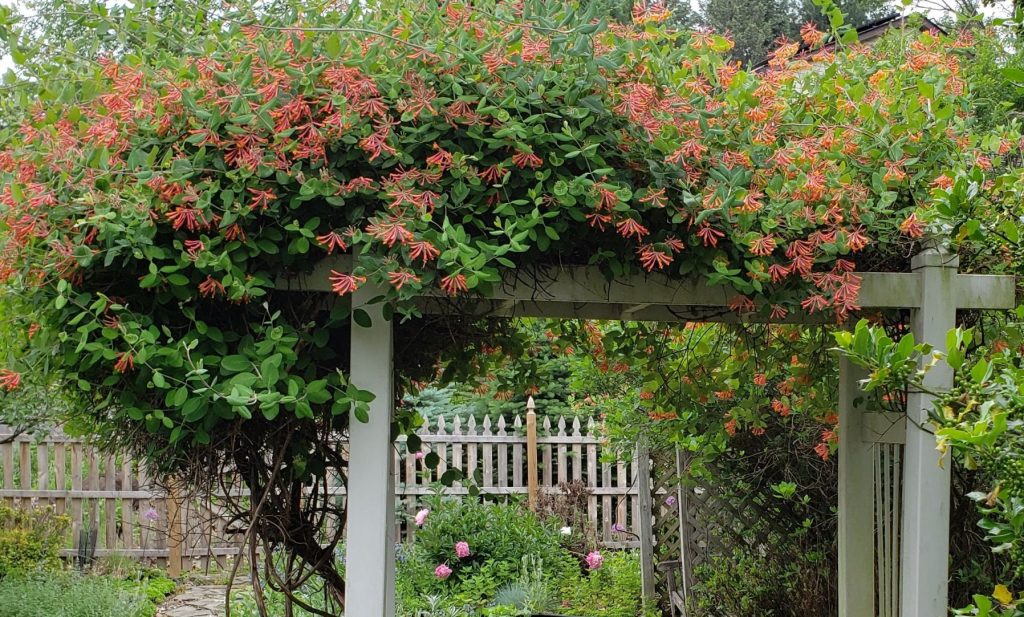
Honeysuckle, scientifically known as Lonicera, is a vine or shrub that produces fragrant, tubular flowers that hummingbirds adore. These flowers can be found in various colors, including red, orange, pink, and yellow. Honeysuckle plants prefer full sun to partial shade and well-drained soil. They can be trained to grow on trellises, fences, or arbors.
23. Fuchsia
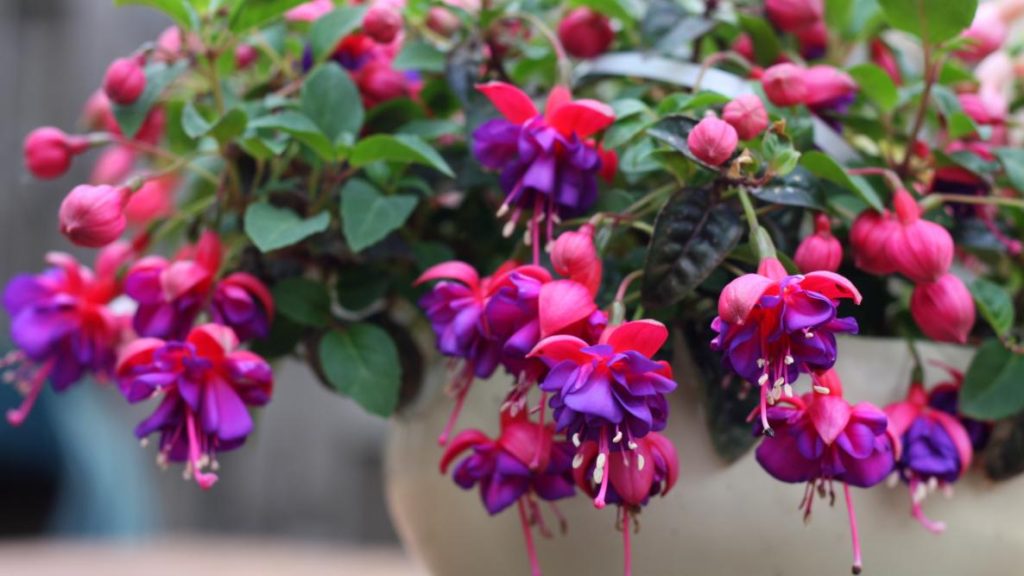
Fuchsia is a genus of flowering plants known for their distinctive, pendulous flowers. These bell-shaped blossoms often feature vibrant combinations of red, purple, and pink hues. Hummingbirds are particularly attracted to the nectar-rich flowers of Fuchsia. These plants prefer partial shade and well-drained soil. They are often grown in hanging baskets or containers.
24. Penstemon
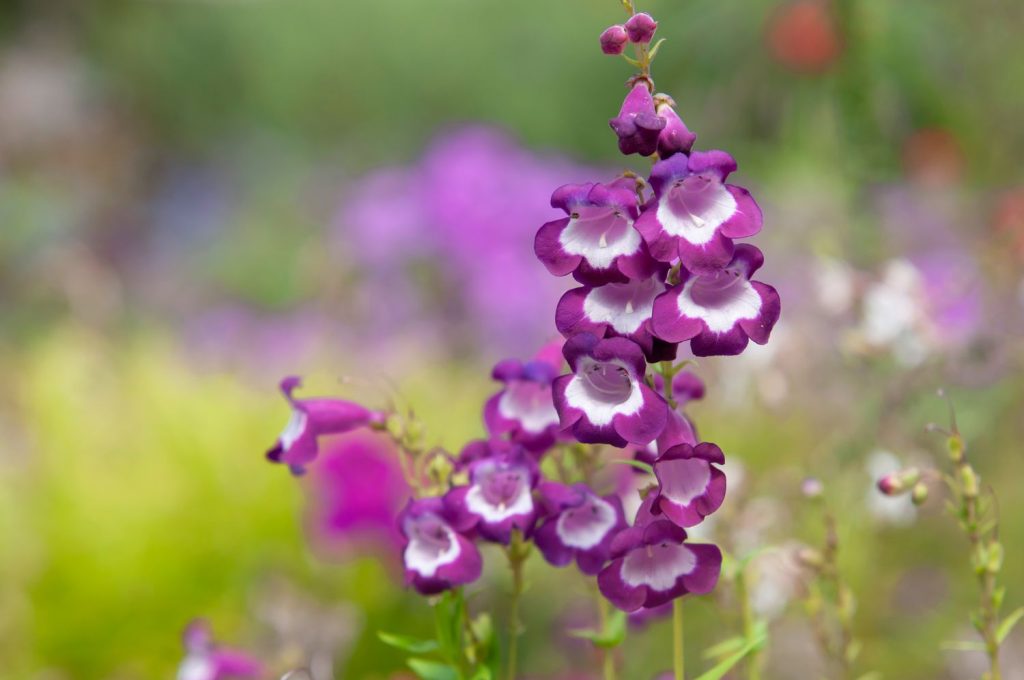
Penstemon, also known as Beardtongue, is a genus of flowering perennials that offers a wide range of colors and varieties. These tubular flowers come in shades of red, pink, purple, blue, and white, attracting hummingbirds with their nectar-rich blooms. Penstemon plants prefer full sun to partial shade and well-drained soil. They are adaptable and can thrive in various climates.
25. Weigela
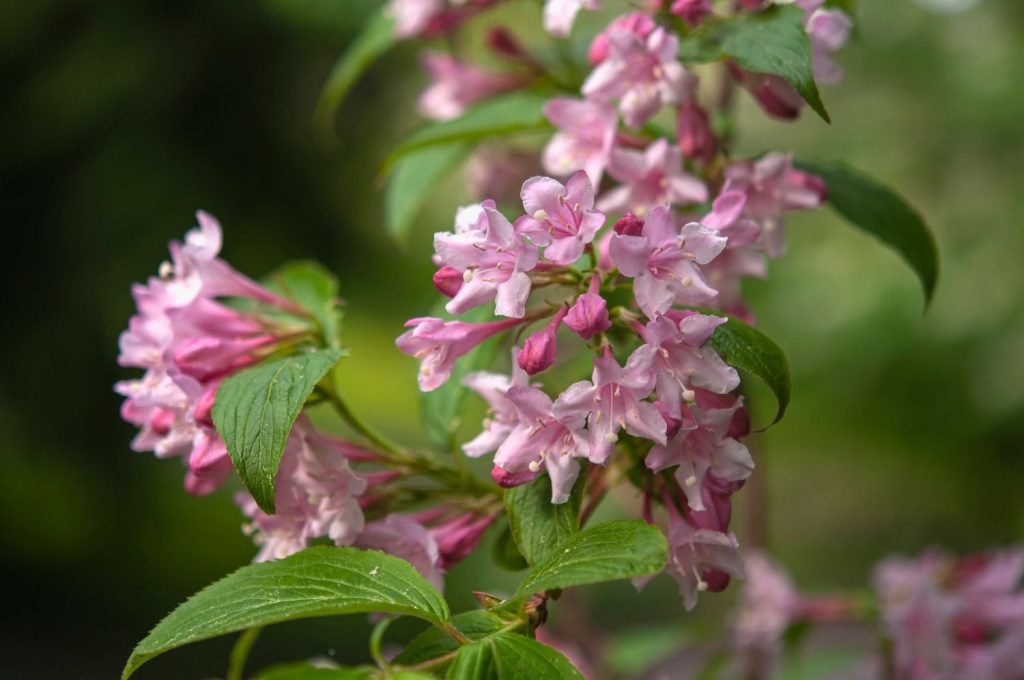
Weigela is a deciduous shrub that produces trumpet-shaped flowers in shades of red, pink, or white. These colorful blooms are highly appealing to hummingbirds. Weigela plants prefer full sun to partial shade and well-drained soil. They are low-maintenance and add a splash of color to the garden during the blooming season.
26. Columbine

Columbine, or Aquilegia, is a perennial plant with delicate, spurred flowers that come in a range of colors, including shades of red, pink, yellow, blue, and purple. These unique flowers often have contrasting colors and attractive spurs that entice hummingbirds. Columbine thrives in partial shade and well-drained soil. It is a lovely addition to woodland gardens and shady borders.
27. Monarda

Monarda, also known as Bee Balm or Bergamot, is a flowering perennial that attracts hummingbirds with its vibrant, tubular flowers. These flowers come in shades of red, pink, purple, and white. Monarda plants prefer full sun to partial shade and moist, well-drained soil. They are highly aromatic and can add fragrance to the garden.
28. Coral Bells
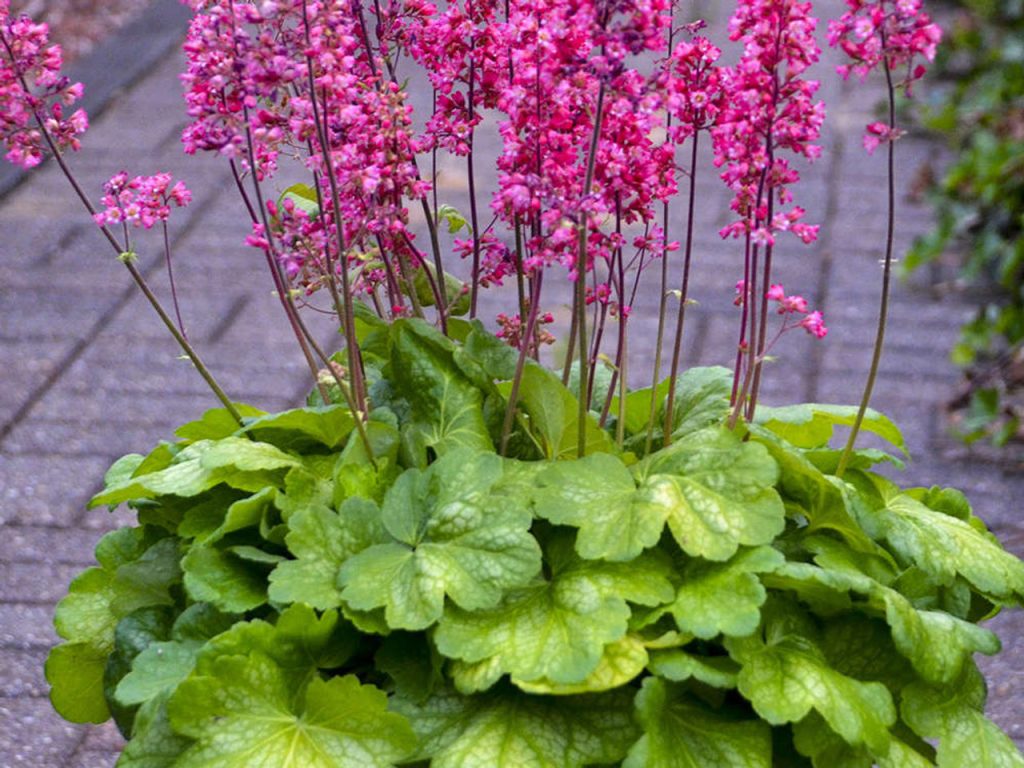
Coral Bells, or Heuchera, are herbaceous perennials appreciated for their colorful foliage and delicate flowers. The bell-shaped flowers appear on slender stems and can be found in shades of red, pink, white, or coral. Hummingbirds are drawn to these charming blooms. Coral Bells prefer partial shade and well-drained soil. They make excellent additions to borders, rock gardens, or container plantings.
29. Foxglove
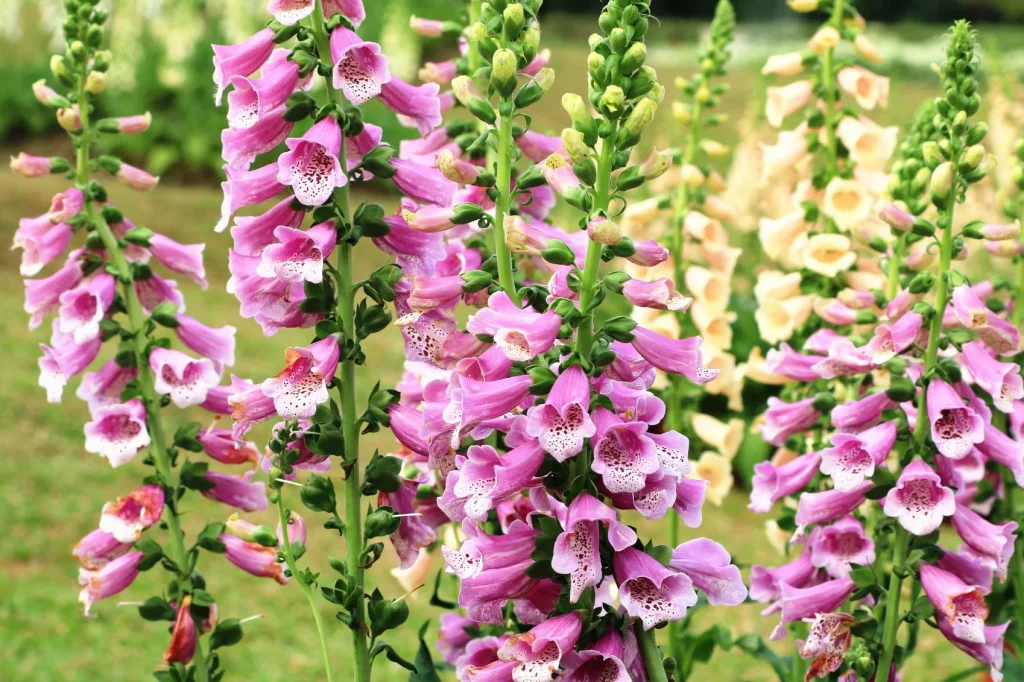
Foxglove, or Digitalis, is a tall biennial or perennial plant known for its spires of tubular flowers. These flowers can be found in various shades of pink, purple, white, or yellow. Foxglove plants are highly attractive to hummingbirds. They prefer partial shade and moist, well-drained soil. Foxgloves add vertical interest and a touch of enchantment to garden settings.
30. Verbena
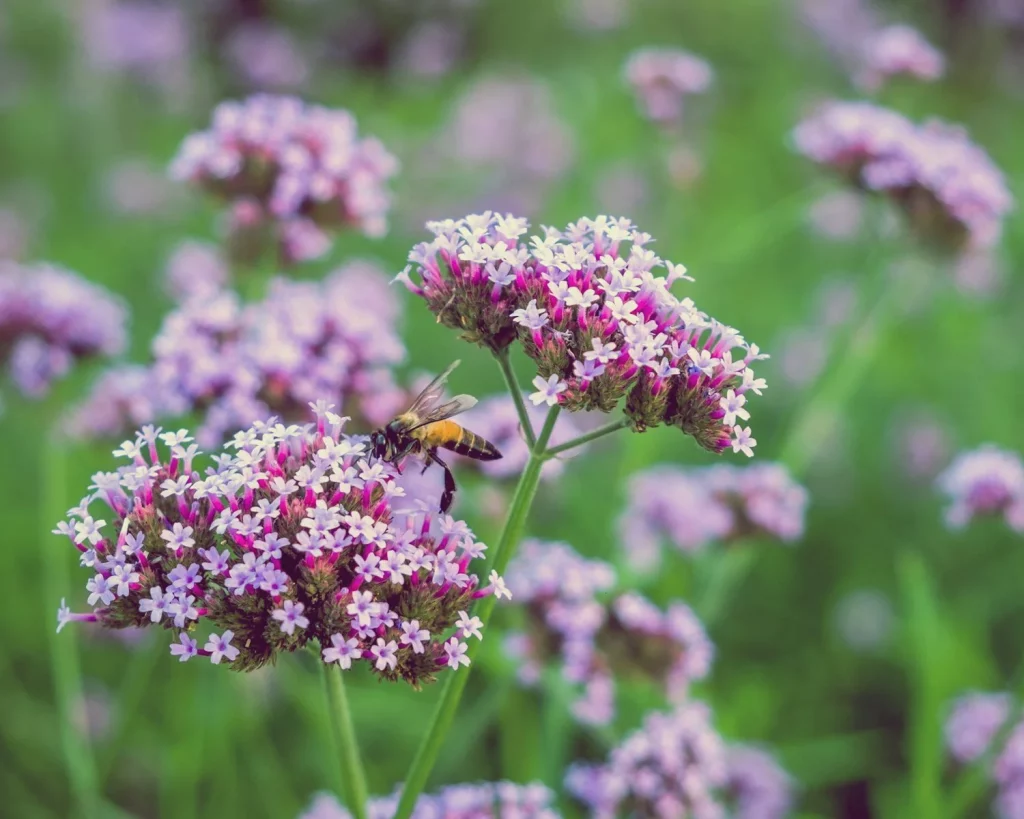
Verbena is a versatile annual or perennial plant that produces clusters of small, brightly colored flowers. These flowers come in a wide array of shades, including red, pink, purple, blue, and white. Verbena is highly attractive to hummingbirds and butterflies. They prefer full sun and well-drained soil. Verbena is a popular choice for borders, containers, and hanging baskets.
These plant options provide a diverse selection of hummingbird-friendly species to consider for your garden. By incorporating a variety of these plants, you can create a haven for hummingbirds and enjoy their presence throughout the seasons. Remember to provide suitable growing conditions and regular care to ensure the health and vibrancy of your garden.
